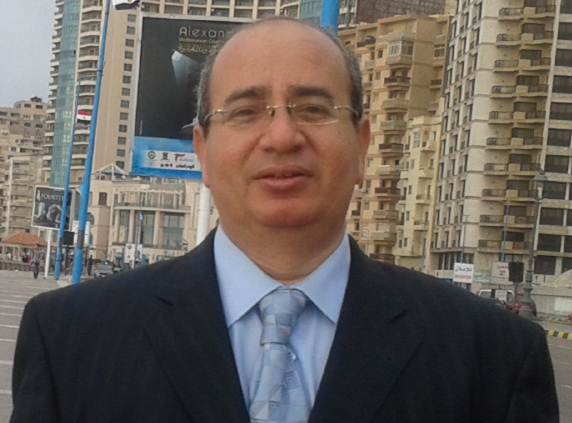PURPOSE:
The aim of the study was to provide preliminary validation of the utility of co-registered respiratory-gated ventilation/perfusion single-photon emission computed tomography-computed tomography (SPECT-CT) images in the assessment of regional lung functional impairment in patients with lung cancer.
METHODS:
Twenty untreated and three radiotherapy-treated patients with lung cancer underwent gated( 99m)Tc-Technegas/macroaggregated albumin (MAA) SPECT, using a triple-headed SPECT unit and a respiratory synchroniser. Gated SPECT images were obtained from 1/8 data centered at peak inspiration for each regular respiratory cycle and co-registered with tidal inspiration CT images using an automated three-dimensional registration tool.
RESULTS:
Gated SPECT images detected 10.2% more ventilation defects (205 vs 186) and 9% more perfusion defects (218 vs 200) compared with ungated images, with a significantly higher lesion-to-normal lung contrast ( P<0.0001). Co-registered gated SPECT-CT images accurately visualised the anatomy of ventilation and/or perfusion defects associated with bronchial and/or vascular involvement by tumours, resulting in changes in surgical planning in two patients with lung cancer. In the three patients who had received radiotherapy, perfusion defects along the radiation field were identified even in the lung areas without abnormal opacities on CT images. In the operated patients, the co-registered gated SPECT-CT images allowed accurate placement of regions of interest over the lung lobes to be resected, yielding a significantly better prediction of postoperative forced expired volume in 1 s (FEV(1)) compared with that predicted without use of these images ( R=0.993 vs R=0.890; P<0.05), with an excellent inter-observer reproducibility.
CONCLUSION:
Detailed functional-morphological correlation on co-registered gated SPECT-CT images contributes to accurate assessment of regional functional impairment, and may be useful for surgical planning, prediction of postoperative function and assessment of external beam radiotherapy effects in patients with lung cancer.

